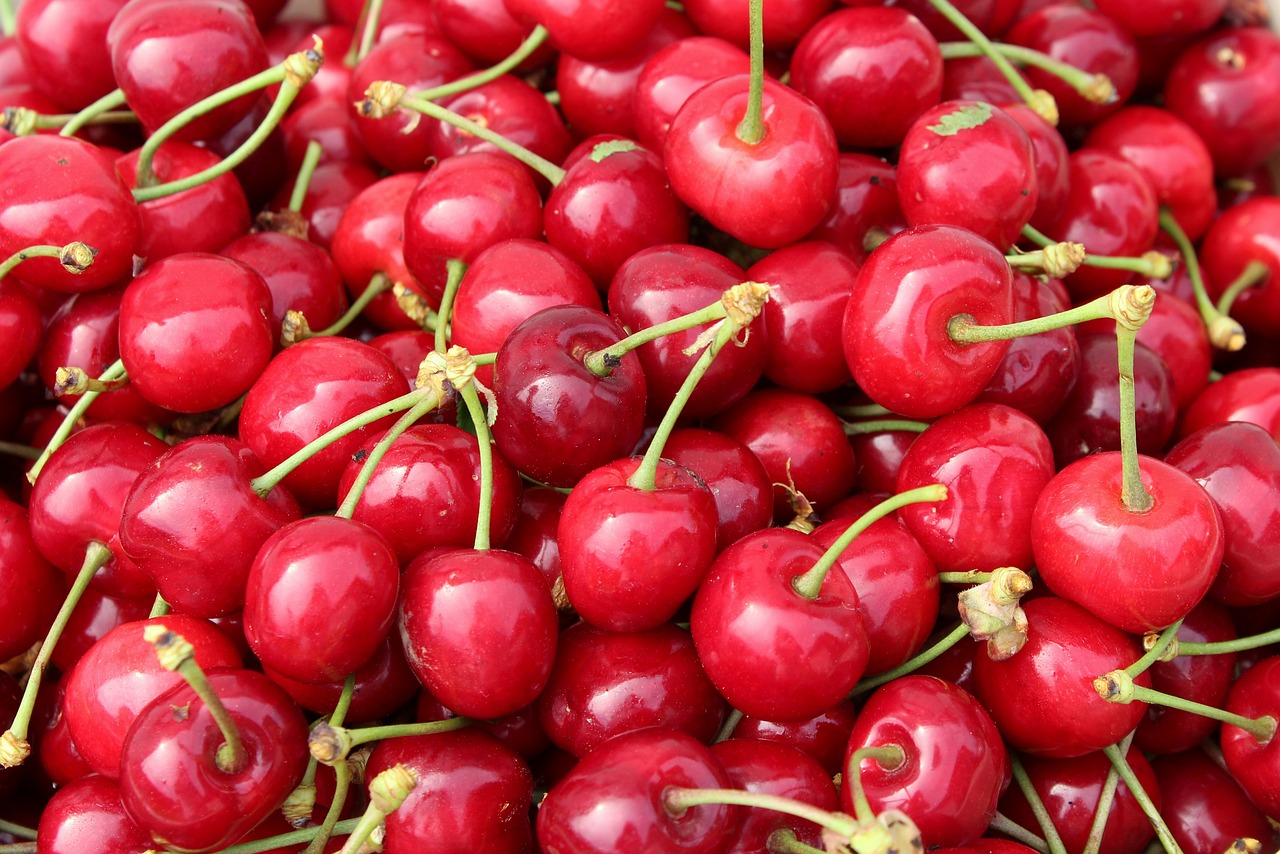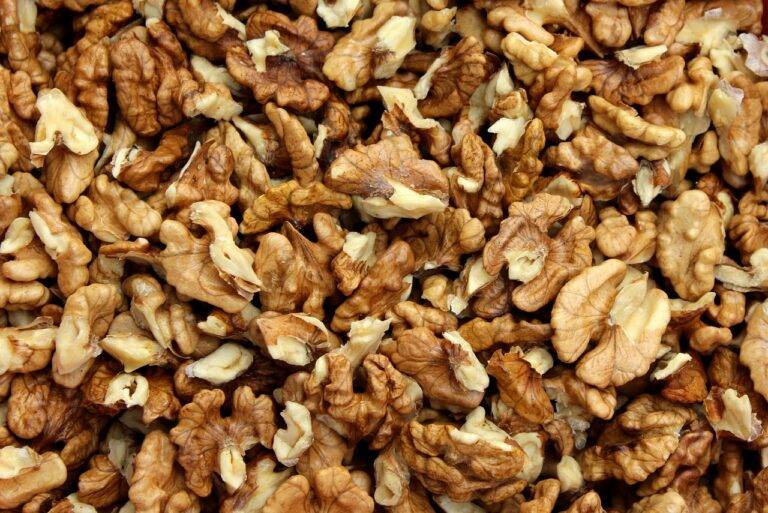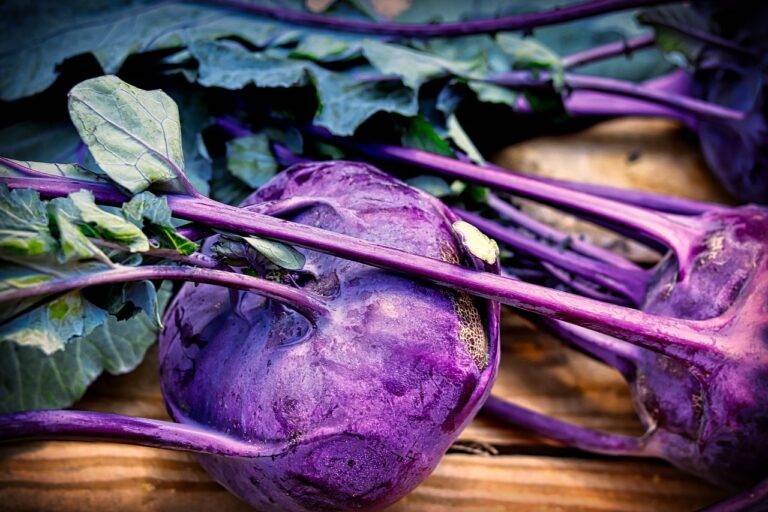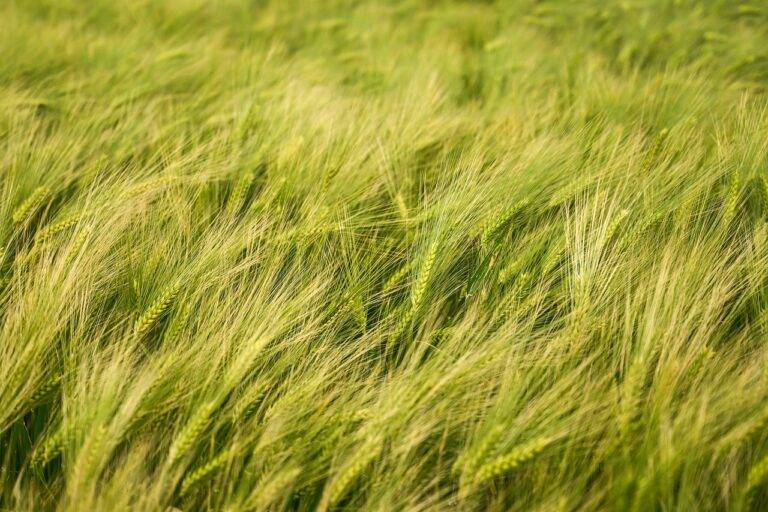Exploring the World of Regional Baking Traditions
One of the most renowned baking traditions in Europe can be found in France, where the art of patisserie reigns supreme. French bakeries are famous for their delicate pastries like croissants, éclairs, and macarons, which are enjoyed both locally and internationally. The meticulous attention to detail and high-quality ingredients used in French baking set it apart as a true culinary art form.
Moving eastwards, Italy boasts a rich tradition of bread making, with each region of the country showcasing its own unique styles and flavors. From the iconic crusty ciabatta in Tuscany to the soft and chewy focaccia in Liguria, Italian breads are a staple of the country’s cuisine. The use of simple, high-quality ingredients like olive oil and herbs reflects Italy’s dedication to honoring tradition while creating unforgettable flavors in the world of baking.
Unique Ingredients in Traditional Baking
Traditional baking recipes across Europe often feature unique ingredients that contribute to the distinct flavors and textures of regional delicacies. From the aromatic saffron used in Swedish Lussekatter to the tangy buttermilk in Irish soda bread, each ingredient adds a special touch to the traditional recipes that have been passed down through generations. These unique elements are not just about taste but also about preserving cultural heritage and authenticity in baking practices.
In Italy, the use of chestnut flour in recipes such as Castagnaccio embodies the country’s rich culinary history and agricultural traditions. The nutty and slightly sweet flavor of chestnut flour adds depth to this traditional cake, reflecting the importance of seasonal and regional ingredients in Italian baking. Such unique ingredients play a crucial role in capturing the essence of a particular culture or locality, making each traditional baked good a true representation of its origins.
What are some unique ingredients used in traditional European baking?
Some unique ingredients used in traditional European baking include marzipan, cardamom, saffron, and orange flower water.
How do these unique ingredients add flavor to baked goods?
Marzipan adds a rich almond flavor, cardamom adds a warm and spicy note, saffron adds a subtle floral taste, and orange flower water adds a fragrant citrus flavor.
Are these unique ingredients readily available in most grocery stores?
While some unique ingredients like cardamom and saffron may be more commonly found in specialty stores, they are becoming increasingly available in many mainstream grocery stores.
Can these unique ingredients be substituted with more common ingredients?
In some cases, you may be able to substitute unique ingredients with more common ones, but the flavor profile of the baked goods may be altered.
Are there any other regions known for using unique ingredients in traditional baking?
Yes, regions like the Middle East and Asia also have their own unique ingredients that they use in traditional baking, such as rose water, pistachios, and coconut milk.





